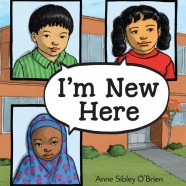Play the Book!
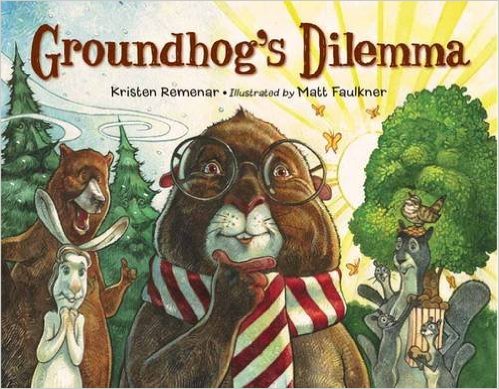
Oh, 2021, we waited all through 2020 for you and frankly, you’re not off to the start we’d hoped for. We’re exhausted in so many ways. We still need to show up for our little ones. We need a bit of lightheartedness. “Playing the book” is a fun way to connect while it helps your child deepen their understanding of a story.

Groundhog and all of his friends are ready to be printed, colored, cut out, and played with!
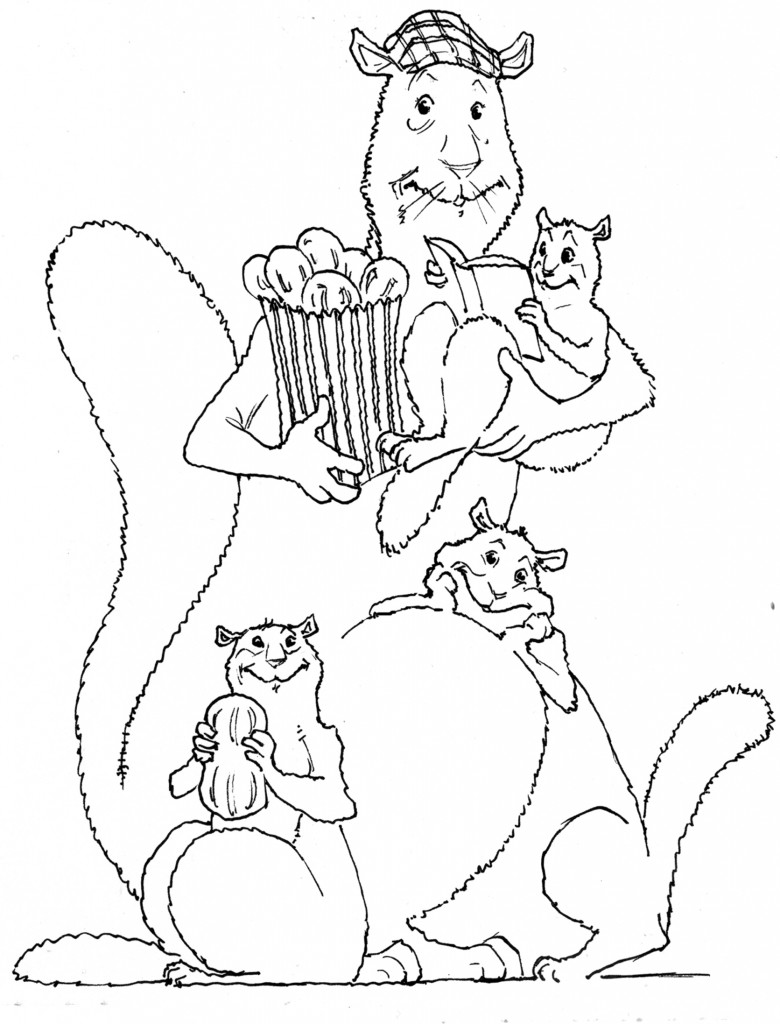
When a child retells a story, they are showing how much they understand. They are moving from just listening to a book to making connections.
Playing the book lets your child to go beyond retelling by extending the story with their own imagination. Use this link to print out Groundhog and all his friends (or click on the cover of my book in the upper right-hand corner of this screen for puppets and more free fun stuff to do!) Give the characters funny voices when they try to convince Groundhog to make Spring come early or to keep Winter lasting longer. Give the characters new adventures. Take time to play. And may this year bring us all more joy.
Read MoreReading an “Again, again!” book in a new way
Happy Almost-the-End-of-2020! I think this year has been most challenging for those living with or working with small children. How do you keep them enticed if you can’t get new books from the library or from school? How do you keep yourself from going nuts if you’re tired of rereading the same books? Here’s how.
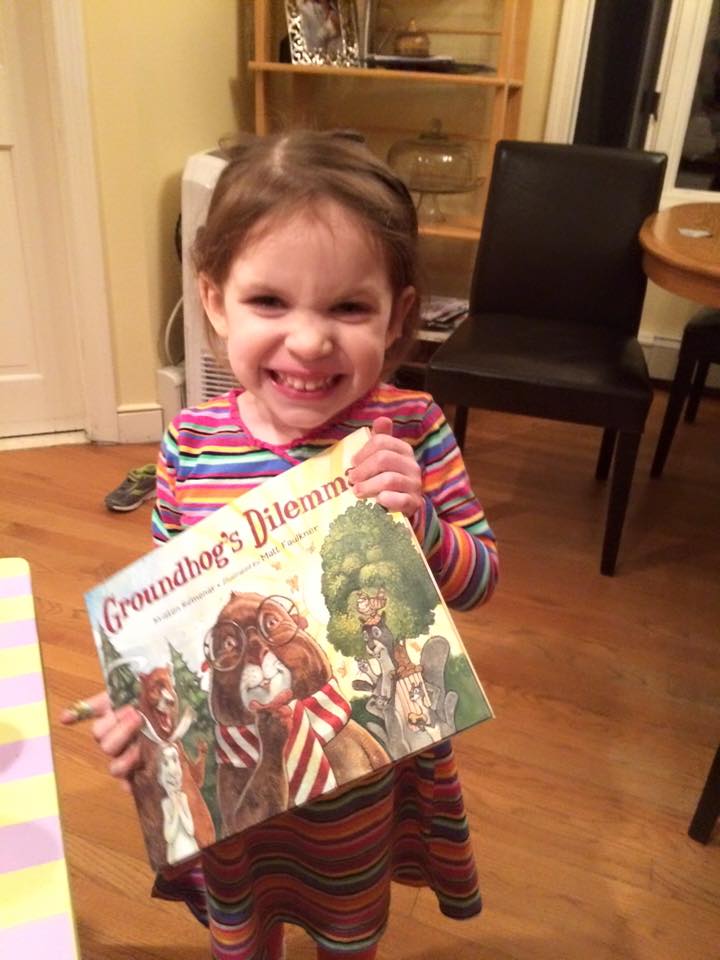
Ask your child, “What do you notice when you look at the cover of this book?” It’s really interesting to hear the details kids notice that we adults may not, the details the illustrator intentionally puts in.
“I see faces in the trees!”
“I see them now, too! Do you notice anything else?”
“The trees have snow on this side and the tree over here doesn’t have snow. So that’s winter and that’s not winter.”
“I wonder why the illustrator drew the trees that way. “
You can talk about what you see until your child is done reading the picture and wants to hear the words. The pictures often give information that the words don’t. Reading pictures is a big part of learning to read words.
This technique of letting kids lead the reading was a big shift for me as a teacher/librarian. I’m eager to get to the words. I’ve often told kids what I want them to learn from the book, trying to pour in knowledge. Lifelong learners are gatherers of knowledge. We can put kids in charge of pulling in meaning first.
Even if it’s a book you’ve read a dozen times, encourage your child to take the lead. They can tell you what they see and show you how their minds are making meaning. You may see the familiar book in a new way when your child says, “Again, again!”
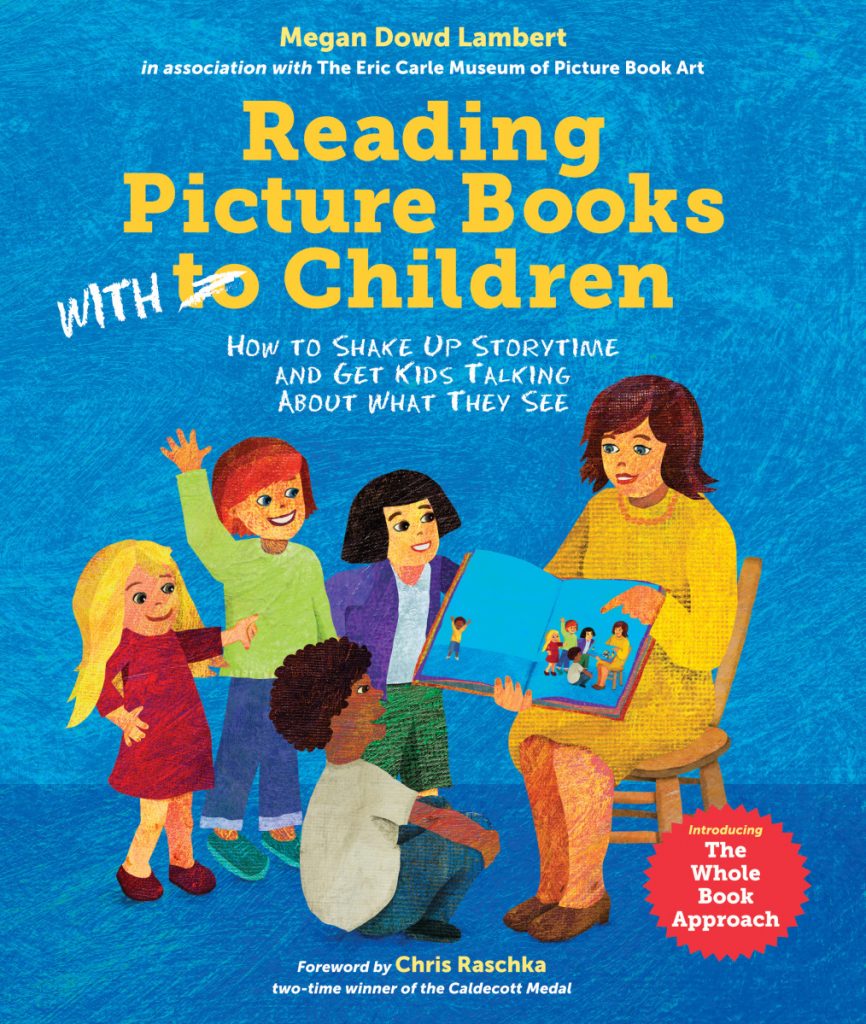
This Whole Book Approach is wonderfully taught by Megan Dowd Lambert in her book, “Reading Picture Books With Children: How to Shake Up Storytime and Get Kids Talking About What They See”. I highly recommend it!
Read MoreStart your new year off with compassion
This is a post I’ve shared before but I think it’s more important than ever to make your classroom a place of acceptance and compassion from day one.
It’s September, the start of a new school year. I have no apples for you teachers, but I do have the perfect back-to-school picture book to teach empathy and point of view: I’m New Here by Anne Sibley O’Brien.
Maria, Jin, and Fatimah are new to their schools and to the United States. Through their stories, we get a glimpse of what it’s like to hear a new language, to see a new alphabet, and to try to pick up a new set of classroom expectations. “Back home… I knew just what to do.” All of your students can relate to the unsettled feeling of a first day in a new classroom. With I’m New Here, you can expand upon that feeling to help your students empathize with people who are new to our country. I love that Anne Sibley O’Brien not only shows what it’s like to be an immigrant, but how we all learn from each other. On one page, O’Brien writes from Jin’s point of view, “I am learning from others. And they are learning from me.” Jin asks a little boy, “How to spell cloud?” The boy responds, “C-L-O-U-D.” Jin holds up a piece of paper with Korean characters on it. “This is cloud in Korean.” “Cool.”
Michelle A., a gifted kindergarten teacher of English as a Second Language students and a remarkable friend, told me about Step Inside thinking. After you’ve read through the book, ask your students to “step inside” a character and imagine that they are Maria, Jin, or Fatimah. Students can write and draw from the perspective of the character, describing what was a challenge and what helped. You can turn this book into a readers’ theater script for students to perform, or have students take on the roles in an impromptu performance as you reread the book. As a class, you can talk and write about what you all can do to help a new student feel welcome. Whether or not you gain a new student during the year, all of your students will gain a wider, more empathetic perspective from I’m New Here.
Read MoreThe Cybils 2014 Finalists for Fiction Picture Books
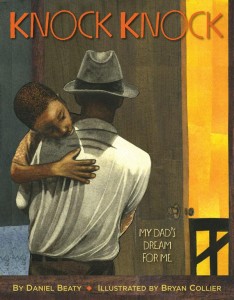 I was honored to be a first round judge for the 2014 Cybils Awards in the fiction picture book category. I was one of seven people who volunteered to read more than 229 picture books and to argue for the books we thought were outstanding. The reading part was easy. Debating the merits of books I love with other well-read, highly intelligent, articulate bloggers – way tougher than I thought. Some books that I adored didn’t click with other readers, and some of their favorites I didn’t like. The process again reminded me of how personal our connection with books is, and why we need such a wide variety in our libraries.
I was honored to be a first round judge for the 2014 Cybils Awards in the fiction picture book category. I was one of seven people who volunteered to read more than 229 picture books and to argue for the books we thought were outstanding. The reading part was easy. Debating the merits of books I love with other well-read, highly intelligent, articulate bloggers – way tougher than I thought. Some books that I adored didn’t click with other readers, and some of their favorites I didn’t like. The process again reminded me of how personal our connection with books is, and why we need such a wide variety in our libraries.
In the end, we were able to choose seven fiction picture books to move on to Round 2. Good luck to those judges on choosing just one of these worthy contenders! See the list of all the Cybils finalists here.
Here’s one of the books that made me want to hug the author, the illustrator, the editor, and everyone involved in making it: Knock Knock: My Dad’s Dream for Me written by Daniel Beaty and illustrated by Bryan Collier.
Every morning, a dad knock-knock’s on his son’s bedroom door to tell him “I love you”. One morning the dad doesn’t knock, and the boy writes a letter asking why his father isn’t around any more. The letter the dad writes back about the hopes he has for his son’s bright, beautiful future is full of hope and inspiration. Any child dealing with the absence of a parent, due to incarceration or other circumstances, will find strength in this beautifully illustrated book. This is one of those books that may make a powerful difference in a child’s life.
Some of your kids need to hear this book because it will act as a mirror of their experience. Other kids need this book as a window into the experience of others. All kids need to know that a bright future lives within them no matter their circumstances.
Because this story can touch on strong, possibly painful emotions, it might be one you simply read aloud to your class and skip a follow-up lesson. Go ahead and let your kids see you get choked up, which you undoubtedly will, because powerful books do that to readers. Consider encouraging students to write letters – to someone they miss, to their future selves, even to you. If you let kids know they can write letters to you that will be absolutely private, and that you’ll write back to them, you may open incredible doors of communication with kids who need it.
Read More




